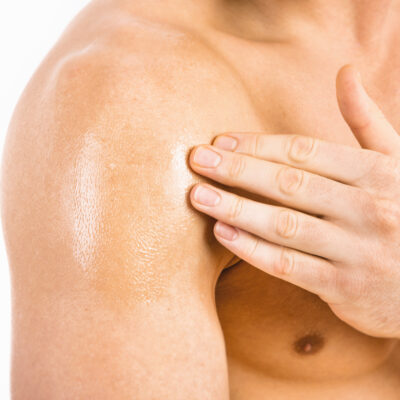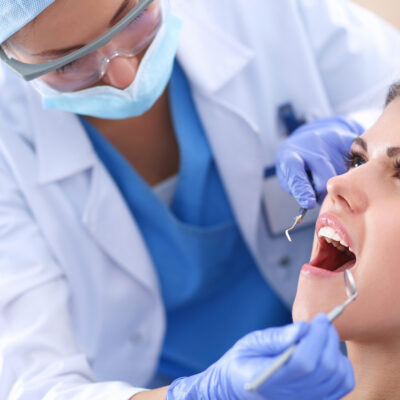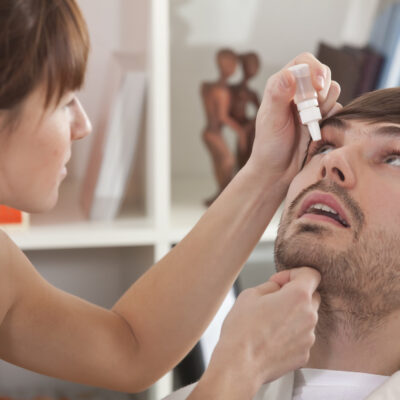
Things you need to know about laser skin resurfacing
There are advanced cosmetic procedures to treat blotches, prominent scars & deeper wrinkles or lines caused due to prolonged exposure to the sun.
Laser skin resurfacing is a proven technique performed with short, concentrated pulsating beams of light directed at irregular skin spots. It penetrates deeper & removes dead skin layer by layer. It helps to produce collagen to give a firmer, smoother, & younger looking skin.
It’s a non-surgical laser treatment that gives quick & long-lasting results. Laser skin rejuvenation & laser peel are other terms given to this cosmetic procedure. It’s also popularly called as laser skin rejuvenation.
Who can undergo laser skin resurfacing?
Individuals with uneven pigmentation, prolonged wrinkles & deeper facial scars need to undergo laser peel.
It’s not ideal for those with dark skin tone. This is because skin cells absorb highly energetic laser light that produces intense heat. During cell destruction, a dark skin tone absorbs excess energy due to heavy skin pigment that leads to skin discoloration & blistering.
Types of laser skin resurfacing:
There are quite a few types of laser skin rejuvenation techniques intended for similar or different purposes. They are as follows:
- CO2 Laser
It’s the highest intensity laser treatment that gives a tighter & smoother skin by eliminating or diminishing wrinkles, scars, warts & birthmarks. It’s also used to treat skin cancer during the early stages . - Erbium Laser
This type is ideal for dark skin tone because it has less intensity & there are fewer chances of permanent changes to skin pigmentation. - Pulsed-Dye Lasers
This non-ablative method heats the skin to absorb pigments causing redness, hyperpigmentation, broken capillaries, and rosacea. They reduce the above effects to a great extent and also prevent them from reappearing. - Intense pulse light
They are actually not laser types but somewhat lasers that treat acne and sun damage. They are also effective in treating hyperpigmentation and rosacea. - Fraxel Laser Skin Resurfacing
In this skin treatment, the number of sessions is required to see improvement in the skin’s appearance. It’s a non-invasive technique & usually, skin tenderness & pain are not experienced. Downtime is also not required.
In laser skin rejuvenation, local anesthesia is given to numb the face area. After that, a controlled beam of laser light vaporizes the outer & old layer of skin. The growth of new skin cells is stimulated for refreshingly young-looking skin.
Some of the risks, though not always, involved are:
- Infection or abnormal healing
- Patients who are prone to scars face the risk of cosmetic damage
- Cold sores & acne may increase with laser skin resurfacing
- Hyperpigmentation or permanent skin darkening for dark skin tone
- Hypopigmentation or permanent lightening of the skin
It’s critical to discuss drug allergies, medical conditions, previous surgeries & current medication with your dermatologist before undergoing this treatment. Side-effects include redness, swelling of the treated area & moderate irritation. In rare cases, burning and scarring can also occur.
The recovery time is generally 1 to 2 weeks and multiple laser skin treatments depend on the patient’s skin type and condition. Recovery includes pain management by using ice packs to reduce swelling & wraps including medication. Fraxel laser treatment requires a recovery period of a few days.
Face the world confidently with newer, healthier, energized, and refreshed skin. Take your looks to the next level with laser skin rejuvenation.


